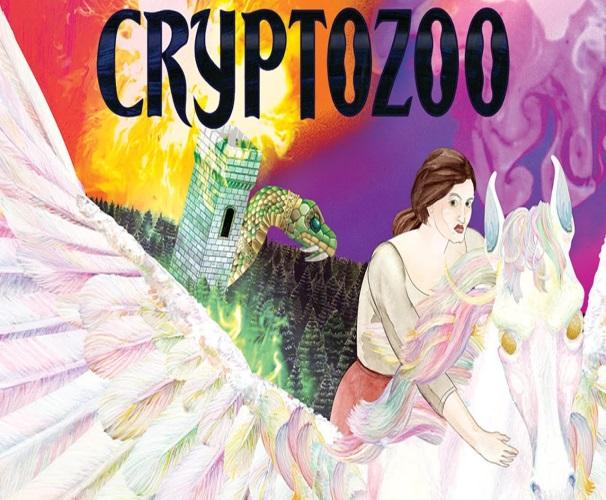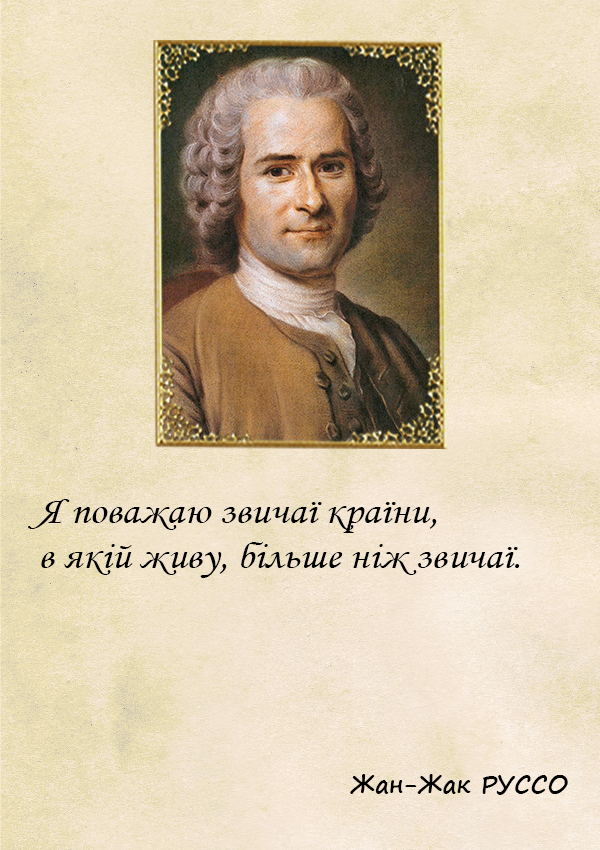
(article)
Back in May 2021, freelance journalist Adam Robb spent over 1,000 hours investigating the case of Eddie Ibanez, a tech founder who was preparing to launch a new NFT project with one of the most popular YouTubers in the world — Logan Paul.
This project is called CryptoZoo…and this project was about scamming countless victims.
However, as a freelancer, it took Robb months of searching for a publication that would be willing to accept, edit, and publish his work. He found his publication, but they published his article only in January 2022 — exactly six months after CryptoZoo was launched and scammed thousands of users out of millions of dollars…
And Robb was paid only $300 for his work, without making a serious impact on the case. No one read the story and prevented the disaster.
The only way he managed to bring this story to light was by contacting Stephen Findeisen, a YouTuber, known as CoffeeZilla, who investigates & exposes scams on his channel. During their cooperation, they filmed three videos exposing the scam and getting over 20 million views on the platform, leading to the eventual lawsuits against Ibanez and Paul.
Seeing just how much impact was made against criminals, Robb couldn’t help but understand the significance of YouTube for educators and journalists.
He is not the only one. YouTube is growing as a platform where journalists feel free of obligations and can upload any material — the audience will, eventually, find it and build their audience around the content they produce.
Both independent and corporate journalists are creating YouTube channels and telling the world the tale, especially during the downfall of TV as a thing of entertainment and information source.
You might even say YouTube is giving journalists more creative freedom, representation, and a good shot at the fame and money they deserve for their honest work.
Successful Cases
Choosing YouTube over traditional media is a big career risk that journalists are willing to take because the payoff can be really huge.
Rohit Upadhyay can be presented as the perfect example in this case. As a journalist based in Delhi, India, he worked for the biggest national news organizations for over 4 years. What seems to others as a successful career path, for him — it’s a censorship nightmare.
After choosing YouTube over his official career, Rohit managed to release videos exposing India’s darkest secrets and shedding light on unlawful acts of the Indian government, especially against marginalized communities.
As he told his audience, India’s national news often censored his ideas and wouldn’t give him the freedom to release controversial articles against India’s government, since they’ve adopted a strong political bias.
Coffeezilla, or Stephen Findeisen, who was mentioned at the beginning of this article, is one of those creators who found his passion in exposing scams all over the Internet that really gained the attention of millions of viewers — and for a good reason.
If you look through his videos, you’ll start noticing journalistic skills that are often lacking in large news aggregators — skills like integrity, unbiased approach, and, most importantly, honesty.
Combined with his artistic way of narrating and analyzing, his viewers often rely on his precise research to find out about the world of scamming, fraud, and even money laundering, committed by self-proclaimed money gurus of the Internet and master manipulators.
Such success wouldn’t be possible for Stephen if it wasn’t for the platform’s vast opportunities to get his work recognized and rewarded with monetization.
Monetization has always played a huge part in the creator’s decision to start doing YouTube full-time. Such a monetization opportunity has given journalists like Johny Harris a chance at getting paid what they believed they deserved.
After years of working with one of the biggest news organizations, Vox, he decided to start his own thing back in 2019 and left Vox for good. With his impeccable journalism skills, he quickly found his audience with thoughtful video essays and investigations, using popular methods like storytelling and visual narratives shown on maps and animations.
Answering popular questions like “Why do people believe the Earth is Flat” & “Why do Americans Eat Sugar For Breakfast” has quickly got him an audience and slowly transferred into more serious geopolitical topics, especially topics regarding United States of America politics.
What played huge in his growth is the audience he gained back when he worked at Vox. With professionalism, a starter audience, and a bit of luck, he managed to grow a channel to a whopping 4 million subscribers and find new ways to monetize his work by making a Patreon page, selling courses, merchandise, and more.
Platform
YouTube may be the greatest platform journalists have ever had, but it still has an underlying problem — competition.
It’s a platform with thousands of creators fighting for a spotlight that fits only a few people. Only those with a unique approach and refreshing content get to gather the fruits of their labor.
However, it doesn’t stop you from trying because YouTube rewards you for efforts. Journalists, like yourself, will always get what they want if the necessary effort is made.


























































Залишити відповідь